Peru is home to countless incredible attractions, including the enigmatic Nazca Lines, massive geoglyphs etched across the desert. Visible only from the air, these lines form geometric patterns and animal shapes, showcasing the ingenuity of the ancient Nazca people.
The lines fall into three categories: straight lines, geometric designs, and pictorial representations. There are over 800 straight lines, some stretching up to 30 miles (48 km), while the biomorphs—depicting animals and plants—range from 50 to 1,200 feet in length.
Here, we provide essential information about their significance and how to visit them on your next trip to Peru.
History of the Nazca Lines
Research suggests that the Nazca Lines were created over a span of 1,500 years, with the process concluding in the 16th century.
These geoglyphs are remarkable for their sheer size. Some sources estimate they cover an area of 400 square kilometers, while others claim they stretch across 800 square kilometers, making them the largest geoglyphs in the world.
Etched into hills and desert landscapes, the Nazca Lines were crafted over many centuries. Their exact purpose remains a mystery, inspiring numerous theories. However, the most widely accepted idea is that they were designed to be walked upon during processions and religious rituals, serving as part of ceremonial practices.
What Are the Nazca Lines?
The Nazca Lines are large shapes and patterns drawn into the desert floor, featuring animals, human-like figures, and geometric designs. These formations are known for their precision and scale, covering a significant area of flat, arid terrain.
Created by the ancient Paracas and Nazca cultures, these geoglyphs hold cultural and spiritual importance, reflecting the beliefs and practices of these early civilizations.
Over a span of 1,500 years, these drawings were etched into the sands of the desert and surrounding hills. Today, they provide valuable insight into the creativity and traditions of the people who lived in this region of South America.
Origins
The exact origin and purpose of these geoglyphs remain topics of debate among researchers.
How and why were they created? These are just some of the many questions that still lack definitive answers.
The lines are attributed to the Nazca civilization, which flourished in southern Peru between 200 BCE and 600 CE. They were made by removing the darker, oxidized rocks scattered across the desert plain, revealing the lighter-colored ground beneath.
Modern Discovery
The Nazca Lines were first identified in 1927 by archaeologist Toribio Mejía Xespe. In 1946, German archaeologist Maria Reiche began an in-depth study of the lines, dedicating her entire life to understanding them.
Interestingly, Spanish conquistadors in the 16th century noted the existence of the lines but dismissed them, showing little interest in their meaning.
Recent Discoveries
Thanks to advanced technology, Japanese researchers have recently uncovered more than 100 previously unknown geoglyphs. These new figures include familiar shapes like snakes and monkeys, as well as unique designs, such as a humanoid figure holding a staff, the purpose of which remains a mystery.
Yamagata University, which sponsored the study, estimates that these geoglyphs were created between 100 BCE and 300 CE. Unfortunately, many of them are in poor condition.
To locate these geoglyphs, researchers combined traditional fieldwork with artificial intelligence, using high-resolution imaging to identify the figures across the desert landscape.
Purpose
The most accepted theory is that the Nazca Lines had a ceremonial or religious purpose, possibly linked to agricultural or astronomical rituals.
Some researchers believe they may have been used as ceremonial paths for religious processions or as astronomical calendars. Despite these theories, their original purpose remains a mystery, with no definitive explanation yet uncovered.
How to Get to the Nazca Lines
The Nazca Lines are one of Peru’s most fascinating and mysterious attractions, drawing visitors from all over the world. If you’re planning to see them, here’s everything you need to know. There are plenty of travel options to fit different preferences and budgets—just choose the one that suits you best.
Nazca Lines Location
The Nazca Lines are located in the Pampas de Jumana, in Peru’s Ica region. The town of Nazca lies about 500 kilometers south of Lima, at an altitude of 600 meters above sea level. The name “Nazca” comes from an ancient pre-Inca culture that thrived in the early centuries of our era.
From Lima by Bus
Several bus companies operate routes to Nazca. The trip takes around 7 to 8 hours, depending on the stops along the way. Most buses leave from the terminal on Javier Prado Avenue in Lima.
From Lima by Car
If you prefer to drive, you can rent a car and make the 440-kilometer journey to Nazca. Just follow the well-marked routes to ensure a smooth drive.
From Arequipa or Cusco
From Arequipa
- You can take a direct bus from Arequipa to Nazca, with departures every four hours, running daily.
- The 568-kilometer journey takes about 9 hours.
- If you prefer, you can rent a car and make the trip in around 7 hours.
From Cusco
- Buses from Cusco’s main terminal cover the 645-kilometer route to Nazca in approximately 15 hours.
- Driving, however, is faster, taking about 10 hours and 30 minutes.
By Plane
Wherever you are in Peru, the best way to experience the Nazca Lines is from above.
- You can book a flight on a small aircraft to see the lines in all their glory.
- Several tour operators offer this unforgettable experience, with departures available from Lima, Ica, or Pisco.
- Flying is a perfect option if you're in one of these cities and short on time.
- If you’re heading to Nazca, we highly recommend booking a flight to fully appreciate the scale and detail of the lines. Flights cost about $100 per person.
What to Expect
You’ll find many fascinating figures, especially on the San José plain. These include geometric shapes, spirals, and depictions of animals, plants, and humans.
Some of the most impressive designs are the animals, like birds, ranging from 25 to 300 meters in length. Among them are hummingbirds, condors, a heron, a crane, a pelican, a seagull, and even a parrot. You’ll also spot a monkey, a spider, a snail, a lizard, a whale, a dog with a long tail and legs, and two llamas.
There are also reptiles, including a lizard—partially cut through when the Pan-American Highway was built—an iguana, and a snake. Many of these figures are intricately connected with spirals and lines, creating an extraordinary visual experience.
Nazca Lines images
Hummingbird | Dog | Pelican | Tree |
El astronauta | Condor | Spiral | Heron |
Cactus | Frigatebird | Wale | |
Hands | Monkey | Spider |
Tips for Flying Over the Nazca Lines
Most flights are operated by professional pilots and use well-maintained aircraft, so you can feel safe. Just follow these tips for a smooth and enjoyable experience:
- Book your flight with certified agencies. You can arrange this in the town of Nazca, at the local airfield, or at the Lima airport.
- Fly in the morning to avoid the desert winds that pick up in the afternoon. Morning flights are usually smoother.
- Don’t eat anything for a couple of hours before the flight to minimize the chances of motion sickness or discomfort.
Ground Viewpoints
If you prefer not to fly over the Nazca Lines, you can visit the ground viewpoints. While the view is more limited compared to a flight, it’s still a great option.
Metal Tower Viewpoint
This 13-meter-high metal tower offers a view of the vast Nazca desert and three of its most famous figures.
The Nazca Lines Viewing Tower is built with strict safety standards, ensuring visitors can climb up and down without any risk.
Other attractions near Nazca
Nazca offers much more to explore beyond its famous lines. Here are some must-see sites to make your visit even more memorable:
Cantalloc Aqueducts
The Cantalloc Aqueducts are an impressive system of underground irrigation channels built by the Nazca people. These aqueducts carried water from underground sources to irrigate crops in the dry desert landscape.
What makes them unique is their spiral design, which allowed easy access to groundwater while preventing sand and sediment from clogging the system. Constructed with wood, stones, and other materials, they’re a remarkable example of ancient engineering.
Chauchilla Cemetery
Chauchilla Cemetery is a fascinating archaeological site located in the Nazca desert. This ancient burial ground is home to mummies and human remains from the Nazca culture, preserved remarkably well by the region’s dry climate.
The cemetery features underground tombs where the Nazca buried their dead, along with funerary items like textiles and ceramics. These artifacts provide a glimpse into the lives and burial traditions of this ancient civilization.
Antonini Museum
If you’re interested in history and archaeology, the Antonini Museum is a must-visit. The museum showcases artifacts uncovered in the Nazca region, including tools, ceramics, textiles, and other items that reveal details about the daily life and culture of the Nazca people.
For anyone looking to learn more about the history of the Nazca civilization, the Antonini Museum offers a fascinating and educational experience.
Tips for your visit
- The best time to visit the Nazca Lines is during the dry season, from May to September.
- To truly appreciate the lines, take an aerial tour—they’re best seen from the sky.
- Avoid drinking alcohol the night before your flight.
- Bring a map of the Nazca Lines to help you identify the figures during the flight.
- Listen carefully to the pilot’s instructions; they’ll point out the figures as you fly over them.
- Wear light, comfortable clothing suitable for the desert climate.
- Make sure your camera is fully charged and ready to capture the views.
- Stay hydrated throughout your visit.
With the Nazca Lines and the other attractions in this region of Peru, you’re in for an unforgettable experience. Plan your trip in advance, take in the lines from above, and connect with the remarkable history of the Nazca civilization. Don’t miss the chance to visit this incredible destination, one of the most fascinating places in Peru.

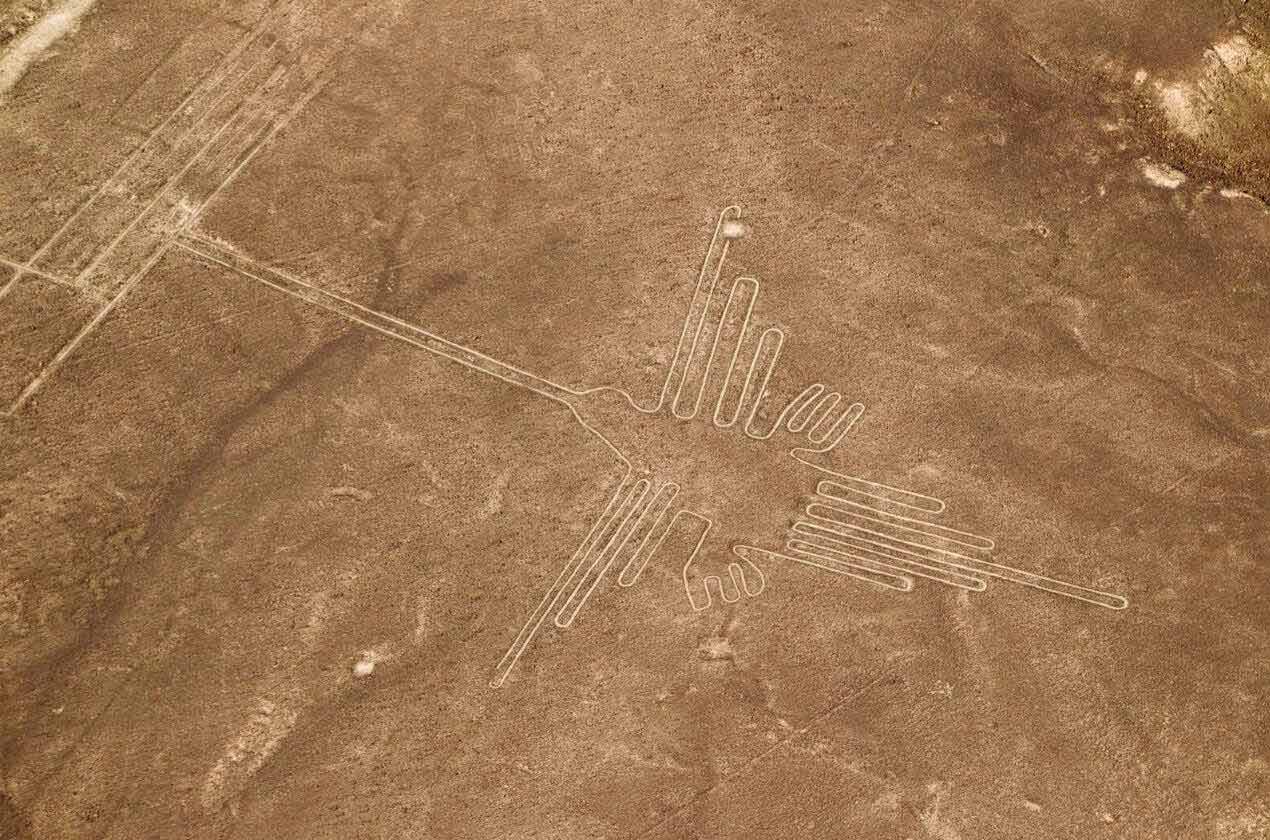
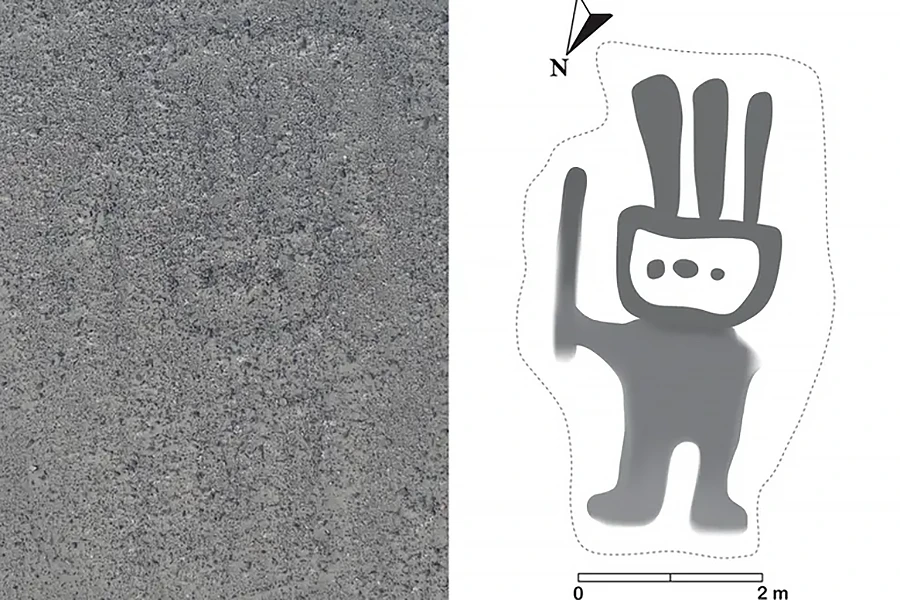
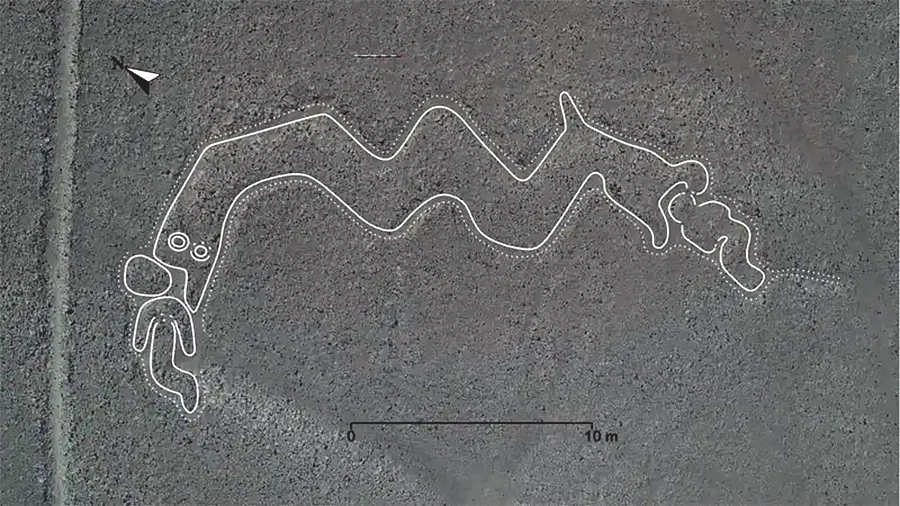
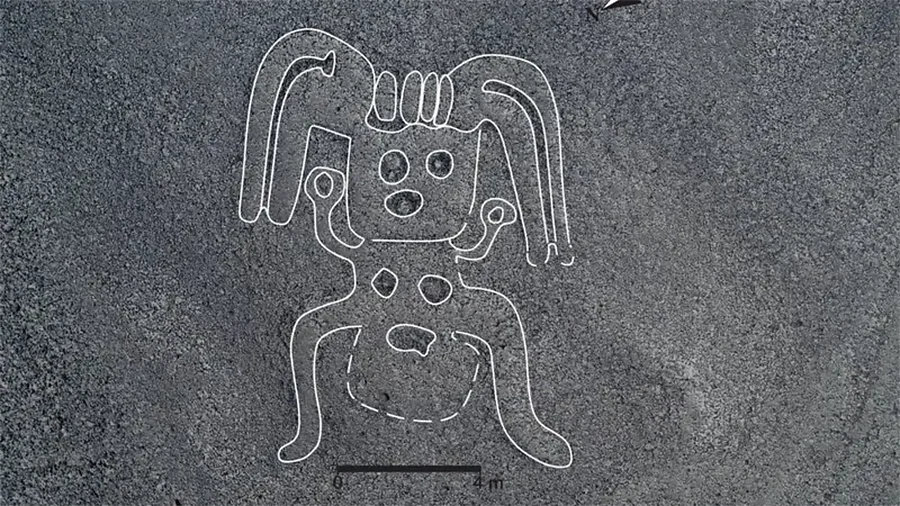
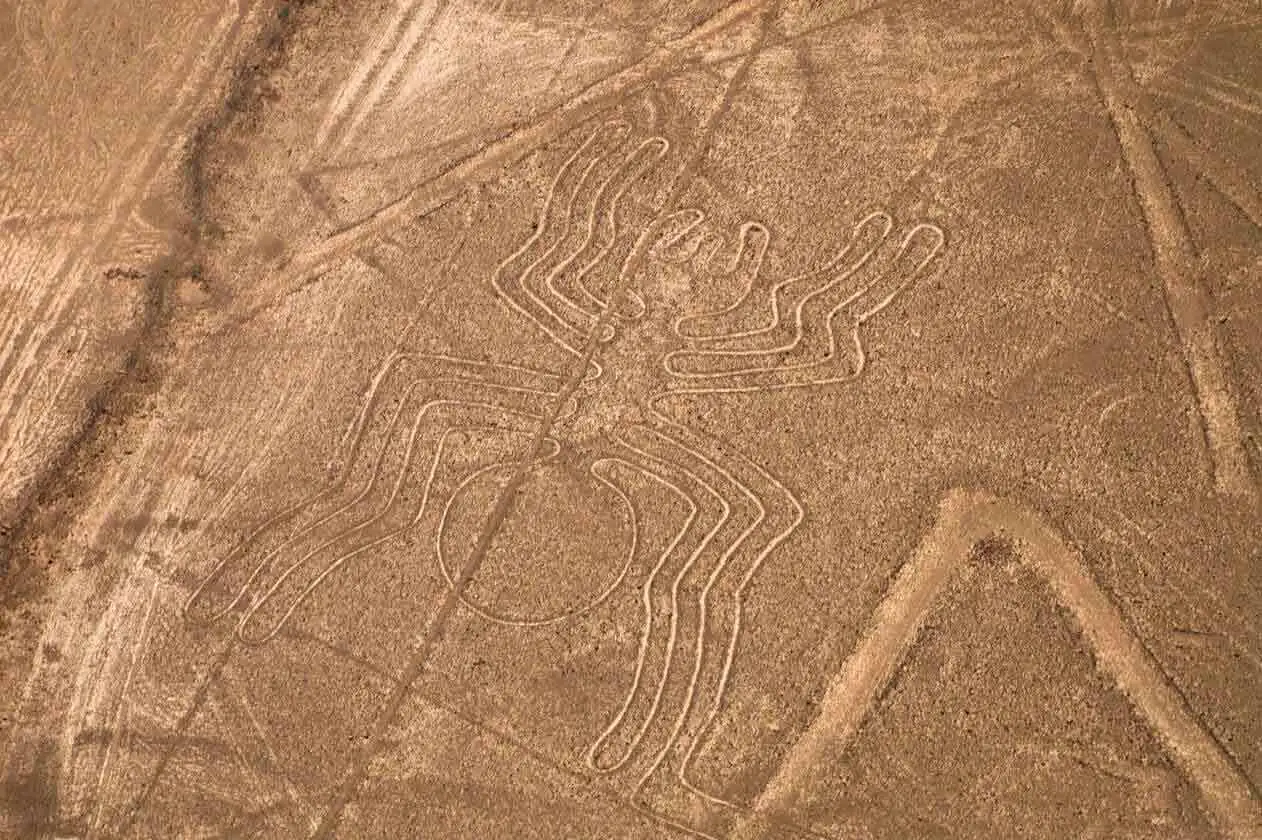
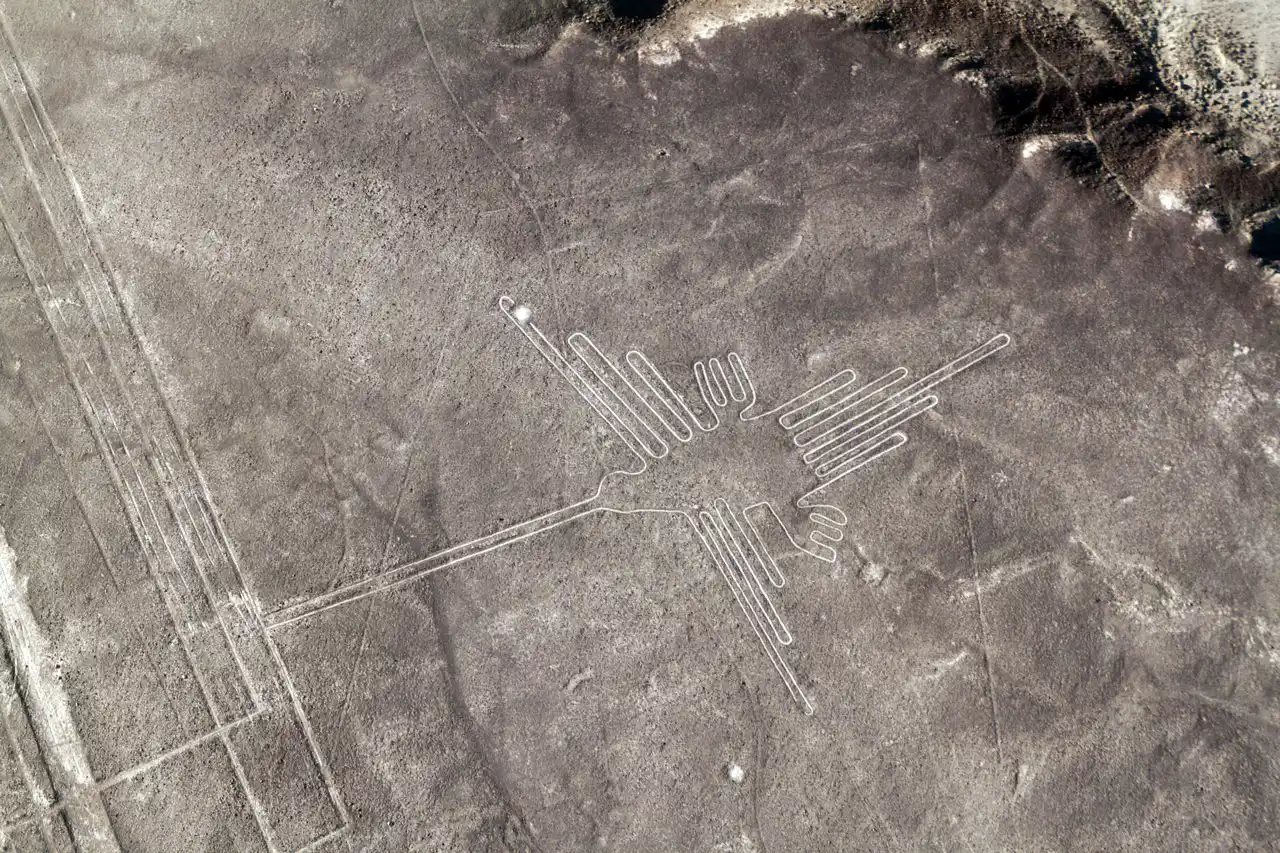
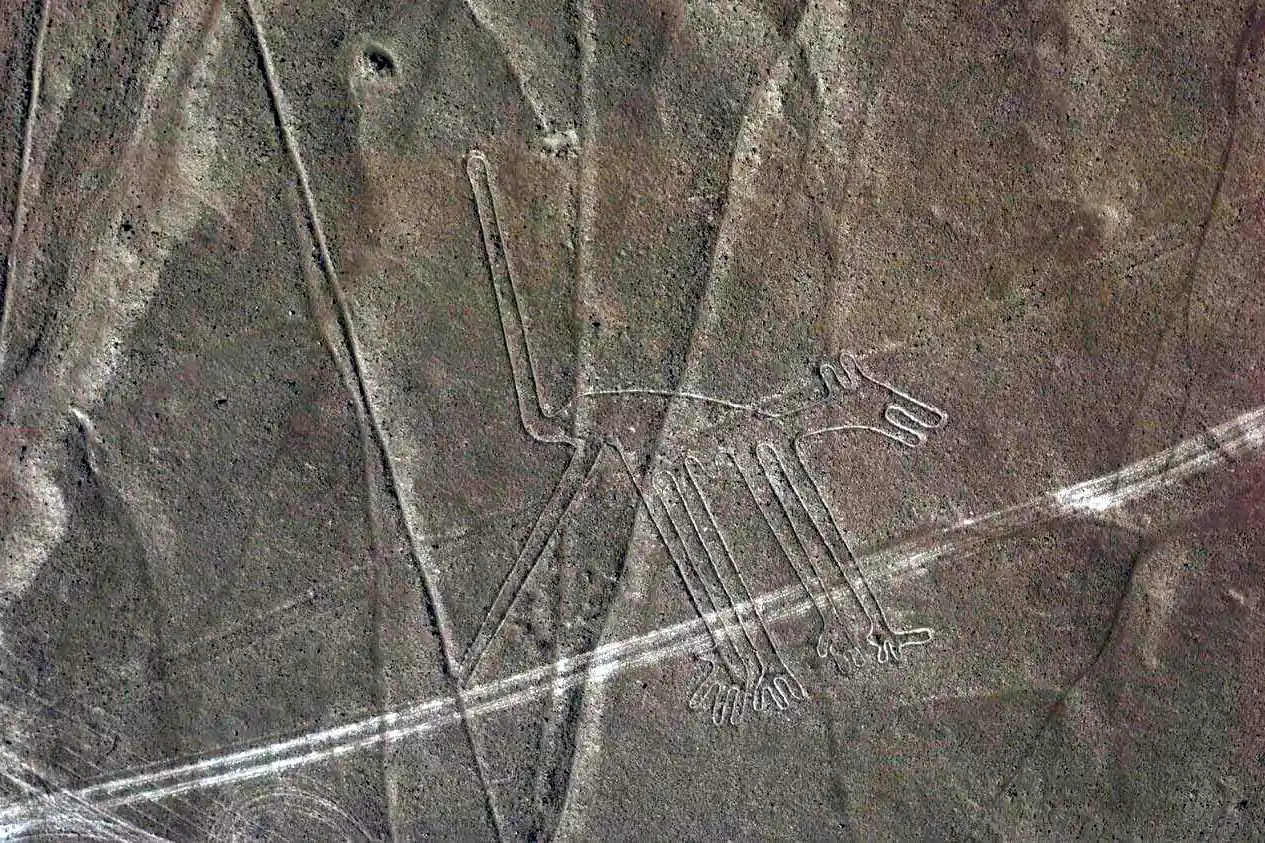
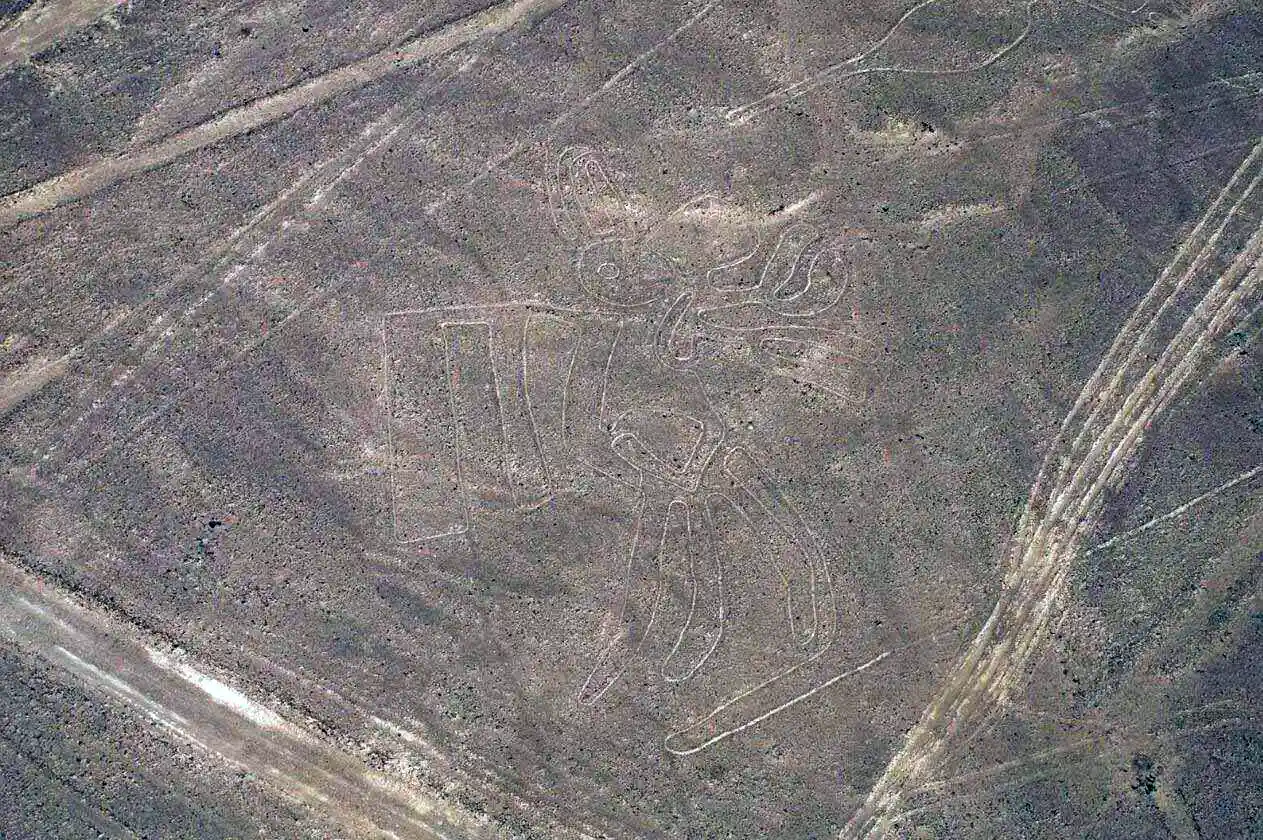
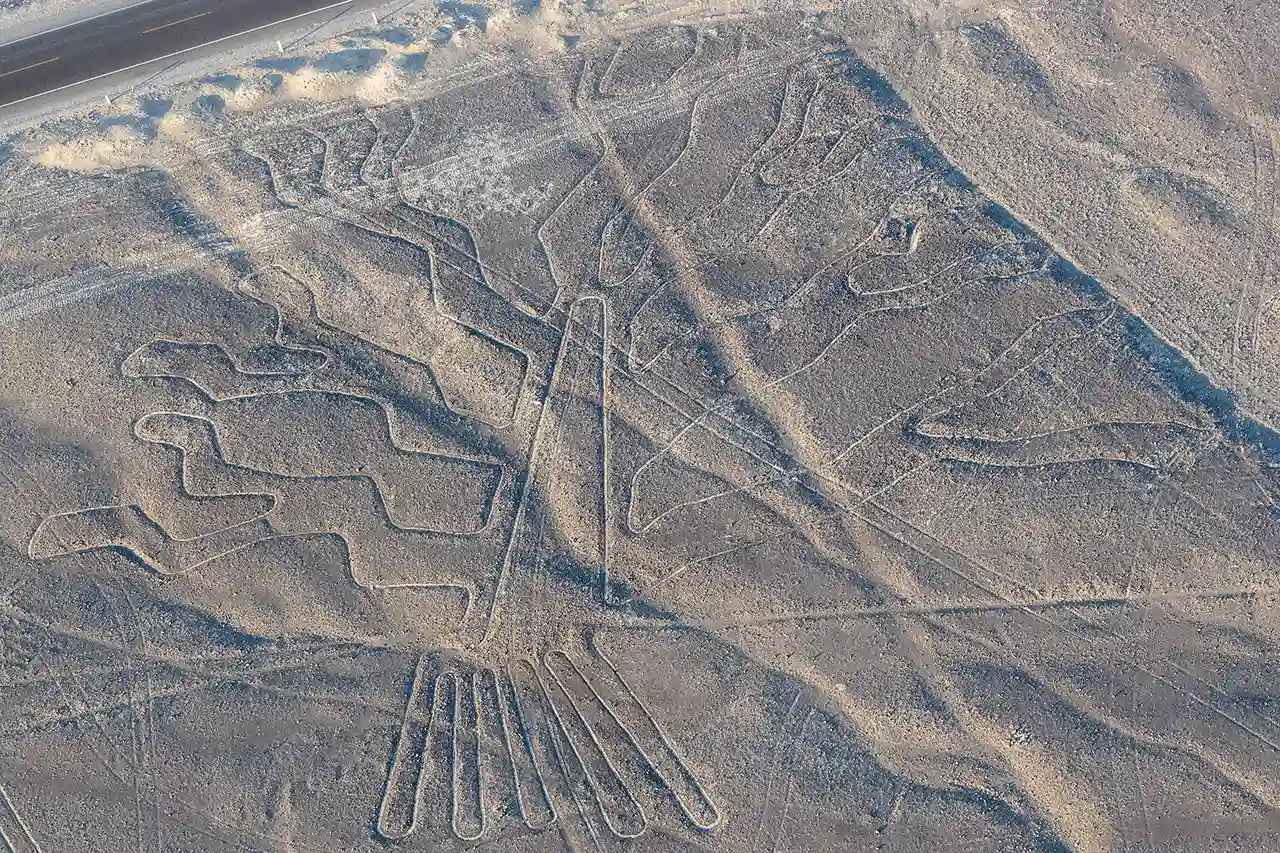
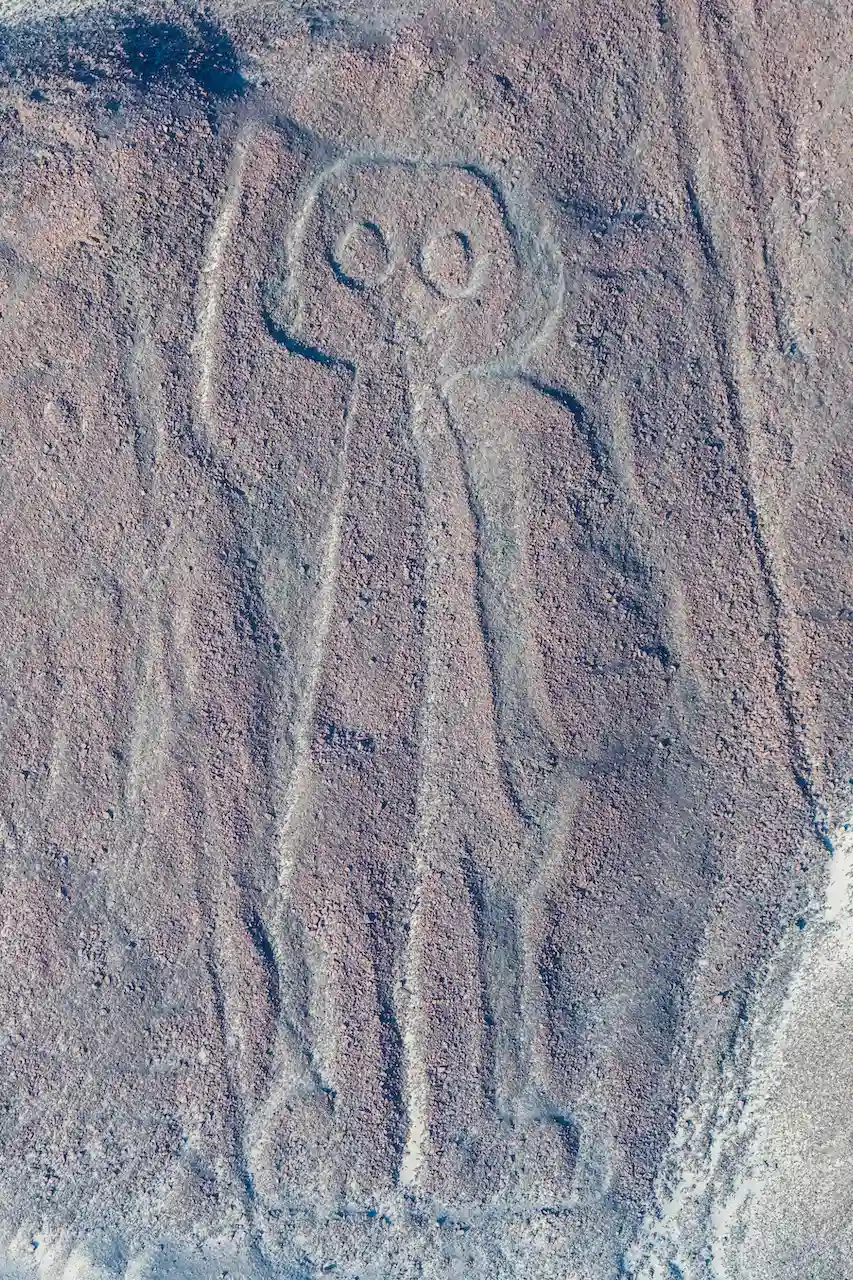
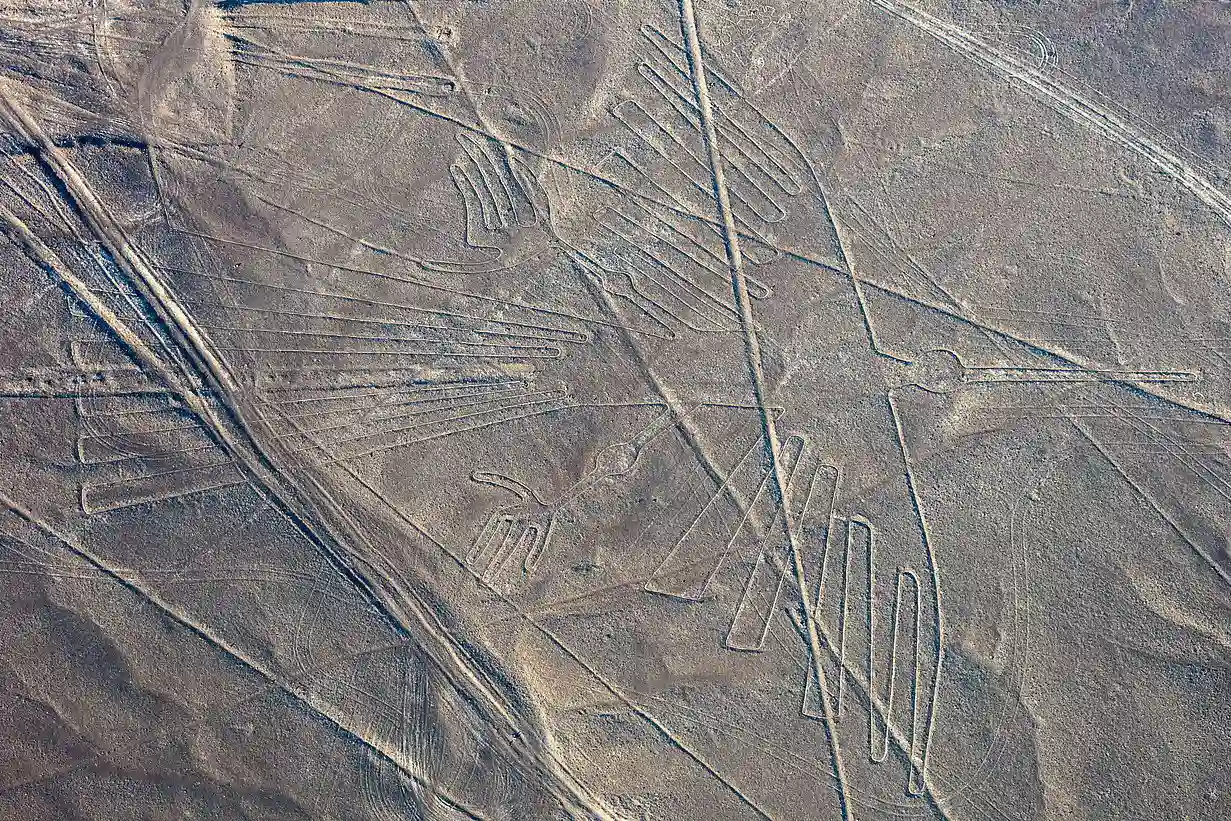
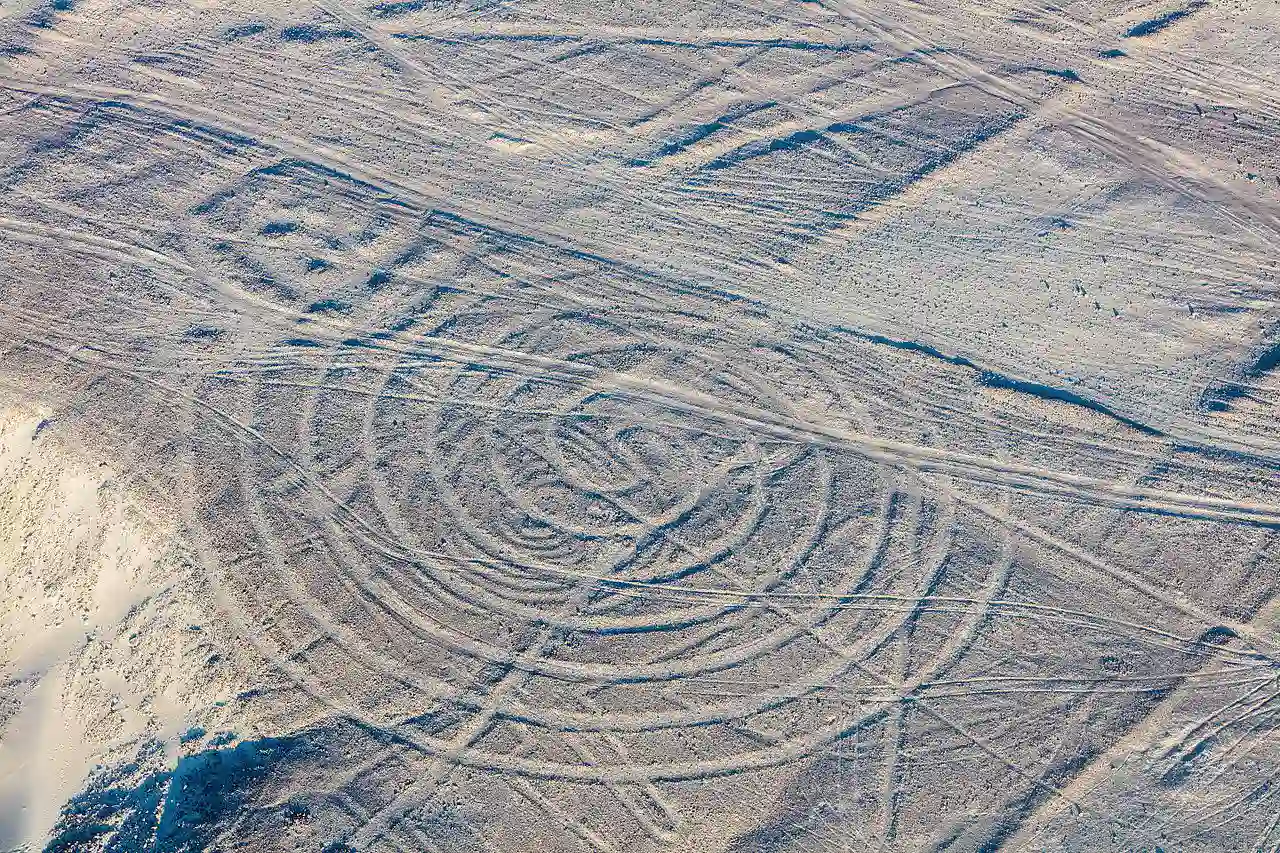
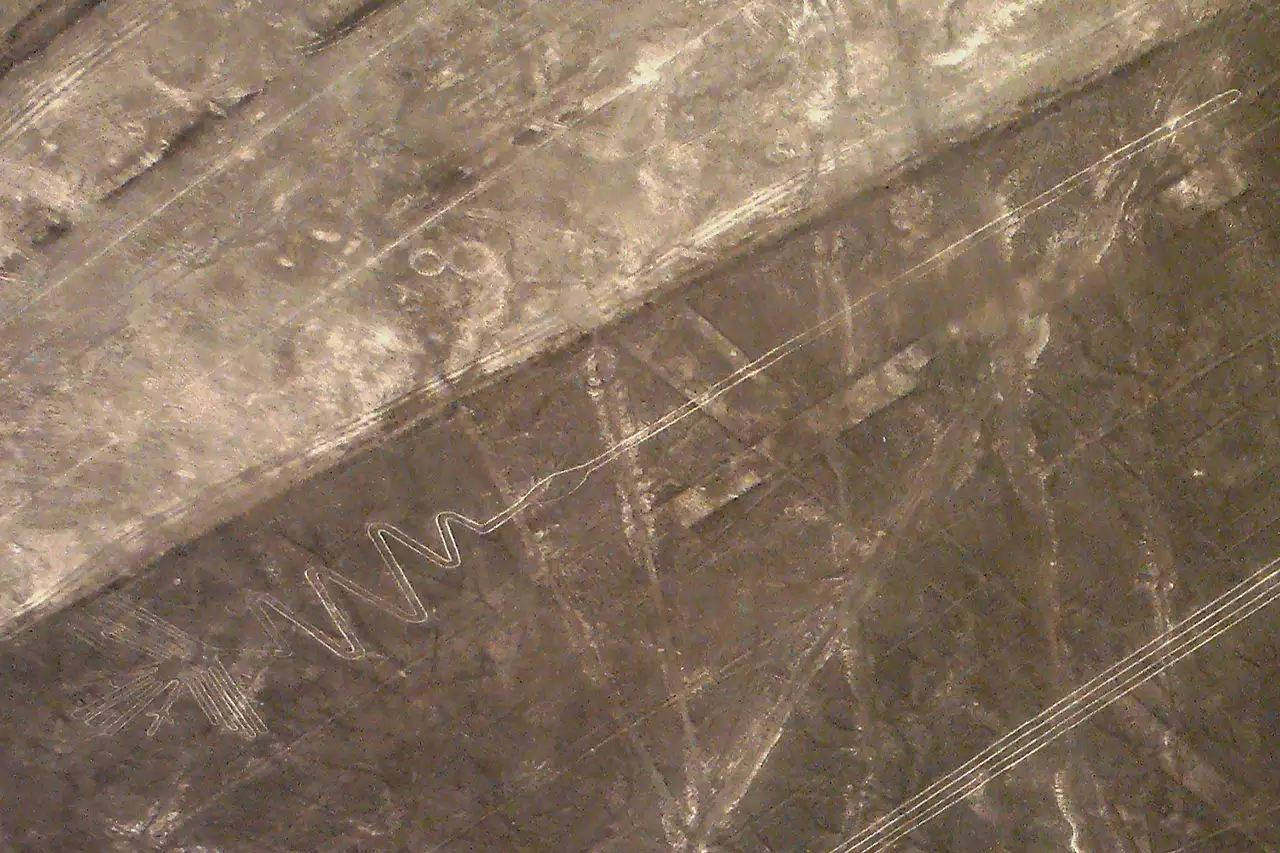
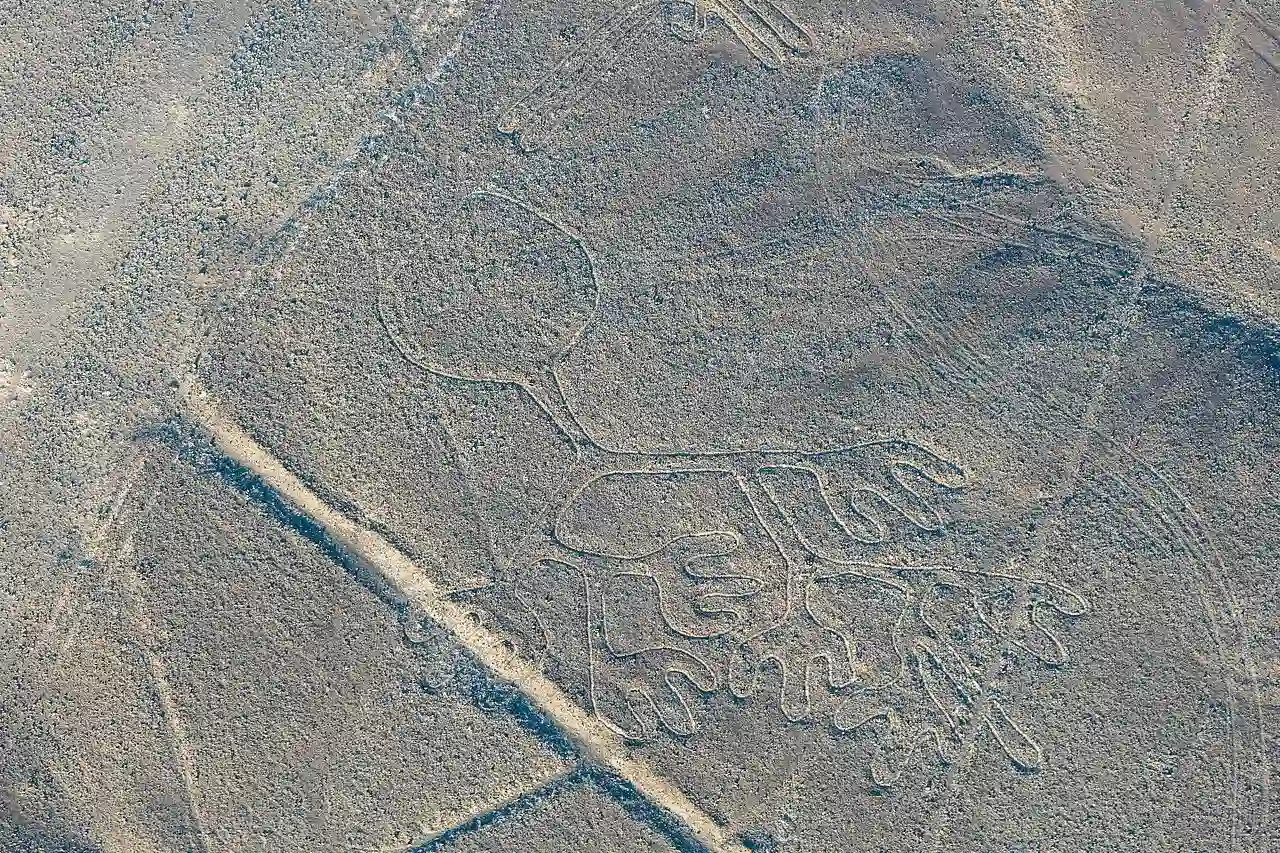
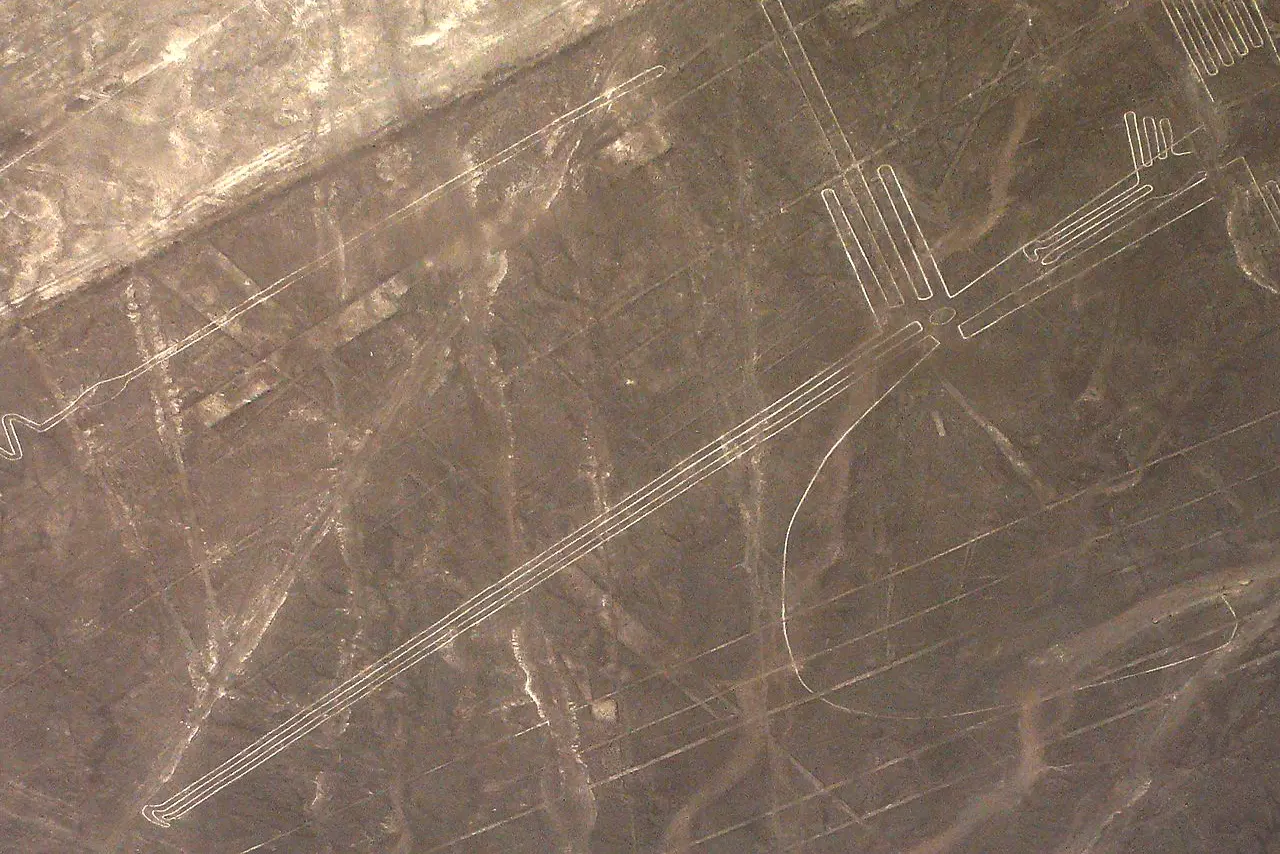
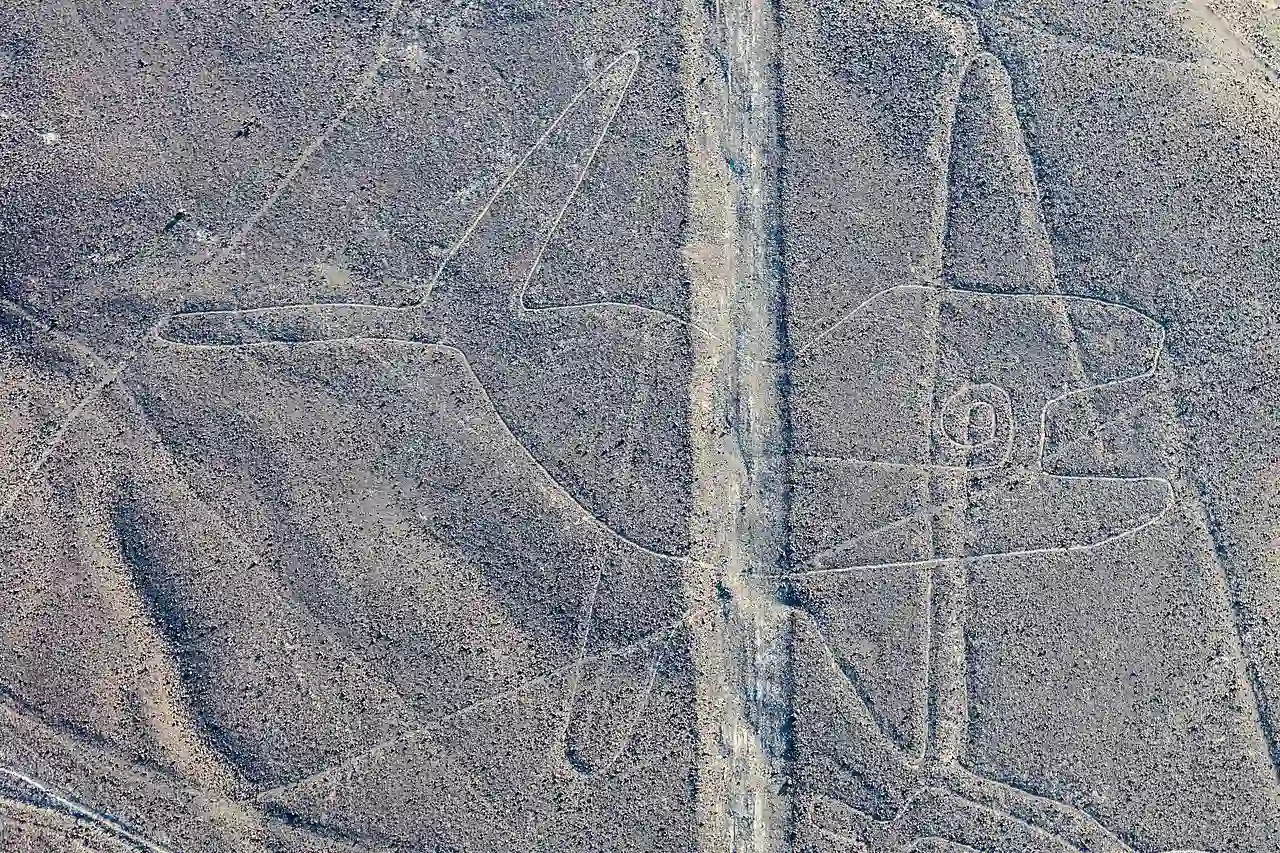
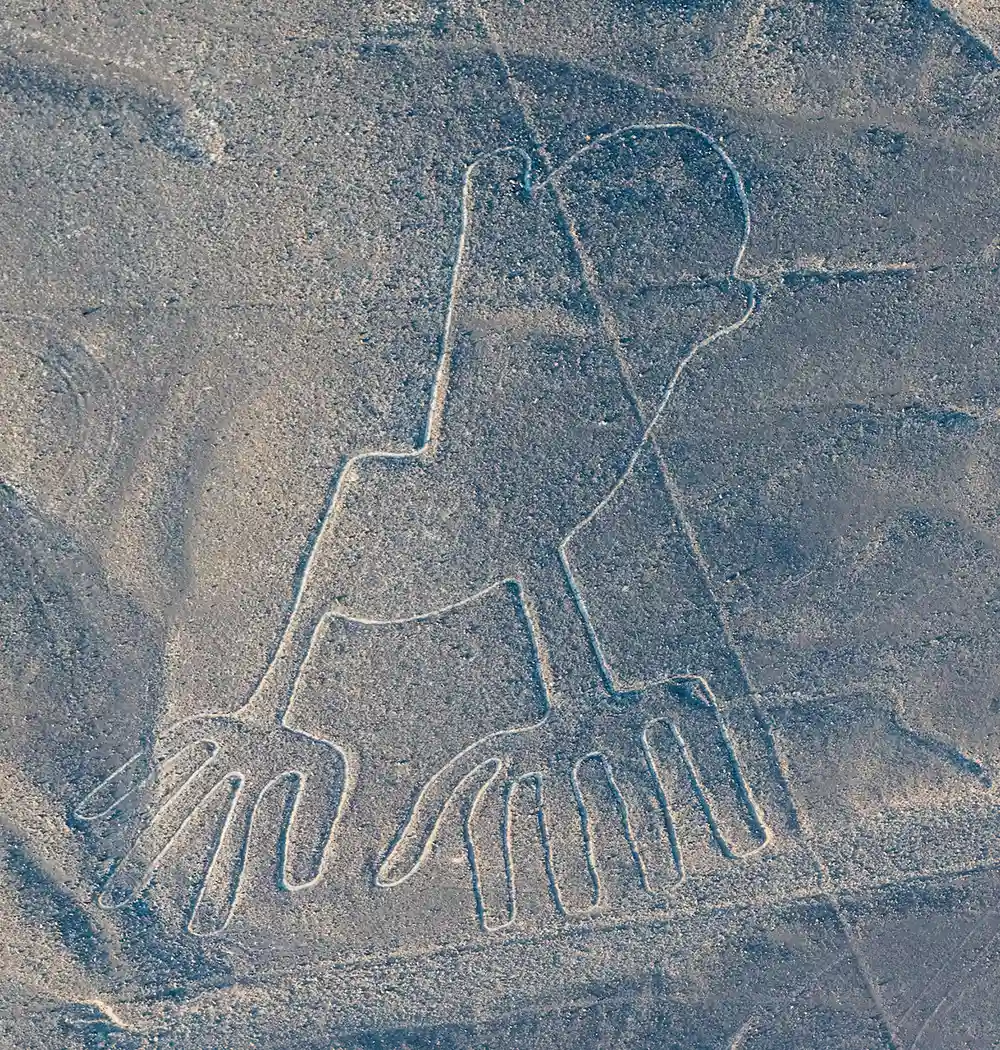
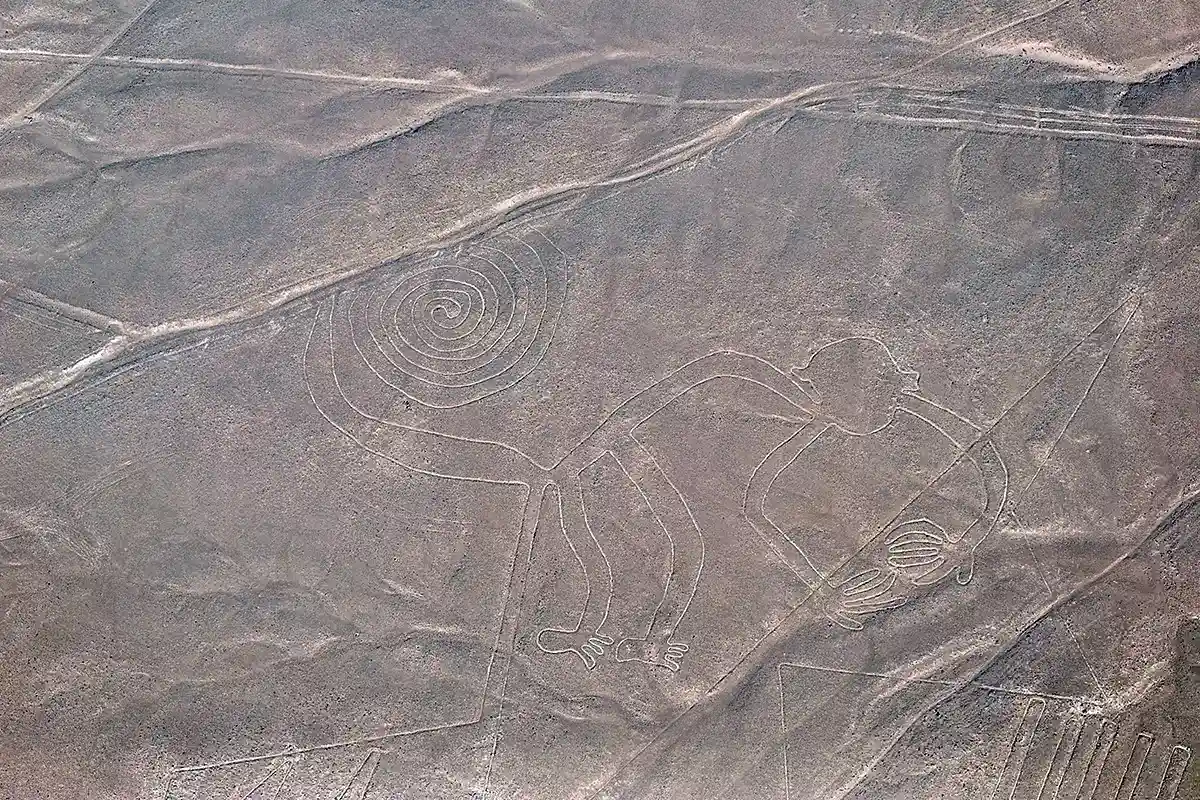
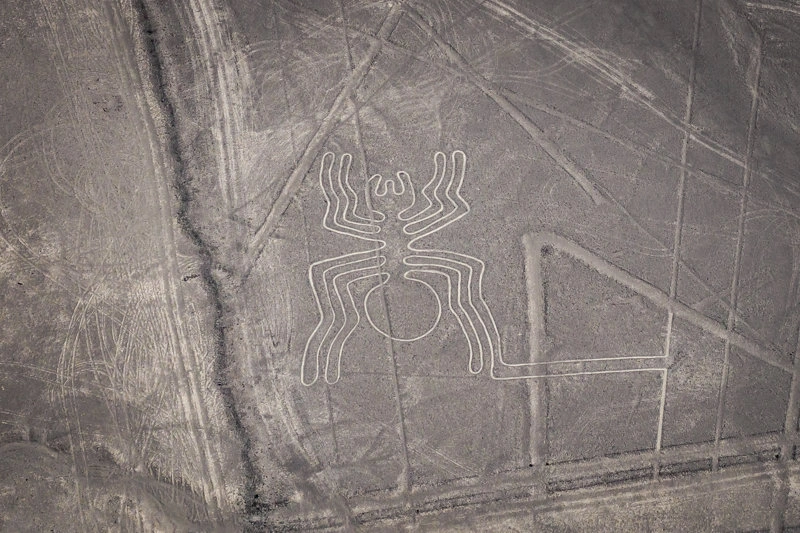
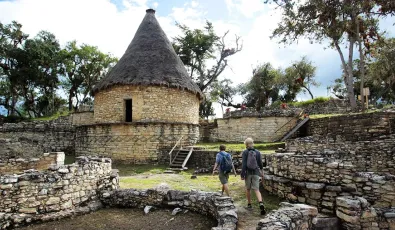
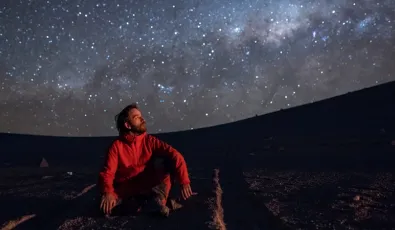

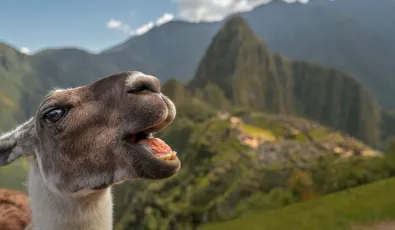
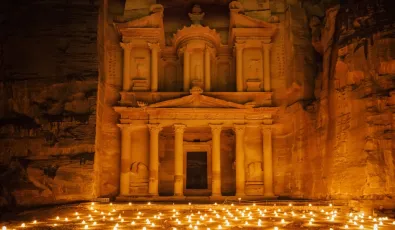

Add new comment